An International Social Service social worker who visited the U.S. Embassy in Seoul around that time found what she saw “distasteful,” according to documents at the agency’s archives at the University of Minnesota Libraries.
“It showed the callous way in which children going to the US. were processed, to me, it was a real assembly line type method,” Patricia Nye, the east Asia director for ISS, wrote. “Only documents are seen, children are never seen by the visa officers.”
American officials seemed to defer entirely to the agencies, she wrote: “I was told that it is the US embassy’s feelings that each agency should be left to their own cognizance.” Nye has since died.
At a hearing in 1977, a U.S. congressman asked why so many children were still coming from South Korea. Immigration officials acknowledged it was because of “the active cooperation of the Korean government” and “very active adoption agencies.”
An official testified that an officer in Tokyo would fly to Seoul for one week a month to make sure the children were adoptable orphans. But with hundreds of stories to verify in a single week, only a tiny fraction of adoptions were denied.
“We didn’t pay attention when we should have been in the beginning. Somebody should have said, what is going on? How is that possible?” said Susan Jacobs, a retired State Department official who has worked on adoption reform efforts. “We were wrong, we were totally wrong, we constantly dropped the ball.”
Laws tended to favor the desires of adoptive parents, she said, and there were few safeguards built into the system. International adoptions were shoehorned into a process built for domestic adoptions. After the federal government issued the initial visas, adoptions were finalized through thousands of local courthouses with different judges, laws and standards.
In 1985, Judge Homer Stark in Gwinnett County, Georgia, noticed the adoption file before him for twin Korean boys included no acknowledgement of the birth parents or proof that they consented. The only paperwork submitted was a statement signed by a guardian, and it was unclear how the person came into possession of the children.
“That opens a lot of holes for illegal things,” Stark remembers thinking, in a recent conversation with AP. “I don’t know where this child came from, he might have been picked up off the street.”
Stark asked the attorney general for an opinion. Assistant Attorney General David Will wrote that granting adoptions without documentation of the birth parents’ consent “would condone the practice of the sale of kidnapping of foreign children for ultimate adoption in this state.”
Will soon got a call from his boss to look in their office lobby, he told AP. Mothers had pushed their adopted children in strollers into the attorney general’s office for a sit-in, claiming he was trying to shut down adoption.
He says he tried to tell them: “We just want adoptions to be done right, to respect the rights of the parents and make sure that no one is stealing a child or buying a child.”
When Stark rejected the petition, it was granted by a judge in another Georgia county where the U.S. adoption agency was based. The adoptive father, who asked to not be named, still treasures the photo from that day — him and his wife, the judge and their twin sons, all smiling.
The year after his boys arrived, the adoption industry took its case to the legislature. Georgia’s governor signed a bill into law in April 1986 that exempted the requirement to prove that birth parents gave their consent for foreign adoptions. It fell to federal officials to determine whether a child was truly an adoptable orphan.
“For us, it seemed like we were sending children to a better situation — whether that’s true or not, I can’t tell you, but that’s what it seemed like,” said Donald Wells, who was chief of the State Department’s immigrant visa unit in Seoul from 1980 to 1984. “I’ve always considered that we were doing a good thing.”
He estimates they processed more than 12,000 visas, and immigration officers checked if the child met the definition of an eligible orphan. If the paperwork then looked right to the State Department, they accepted it.
“We saw paperwork, we did not see children,” he said, “and we did not have the resources to go out and investigate the background and find out where this child came from.”
The immigration officer he worked with there did question where all the kids were coming from.
Robert Ackerman, immigration attache at the U.S. Embassy in Seoul, told reporters in 1988 that he had heard allegations of birth mothers being bribed. But he said he saw “no evidence of fraud or profiteering” in his five years at the embassy, despite complaints that he was too tough with adoption applications. Ackerman, who has died, said then that he was “bothered” by the business.
“When I see 500 kids going out of the country a month, I have to ask, ‘Do we have a humanitarian effort or just a baby pipeline?’” Ackerman told United Press International.
‘That day has come’
Today, the United States is in the middle of an emotional debate about how best to move forward with adoptions built on a model some call deeply flawed.
Michelle Bernier-Toth, the State Department’s special adviser for children’s issues, said the agency is tracking developments in Europe, and has been in contact with South Korea’s truth-finding commission on adoptions. They are sympathetic to adoptees who believe their lives were shaped by fraud and deceit. The State Department just started working with an archivist to understand its own history, she said, but records are sparse and difficult to find.
The department emphasized that adoption now is very different. The United States in 2008 ratified the Hague Adoption Convention, an international treaty meant to safeguard intercountry adoptions. Agencies must now be accredited, there are far more regulations and a more stringent process for evaluating orphans. Most children now are older or have special needs, and the number of intercountry adoptions to the U.S. has plummeted from 20,000 in 2004 to less than 2,000, with just 47 from Korea last year.
That has caused some to warn of the danger of stringent regulations making it too hard to save children from dire conditions abroad.
“Of course, I, like all adoption advocates, would prefer that we have even better systems… to make sure that there are as few as possible illegal adoptions that happen,” said Elizabeth Bartholet, a Harvard law professor and adoptive parent. “But if you set the standard to be ‘we want zero,’ you are going to deny millions of kids homes. And that’s enormously destructive.”
.png)
 2 hours ago
1
2 hours ago
1
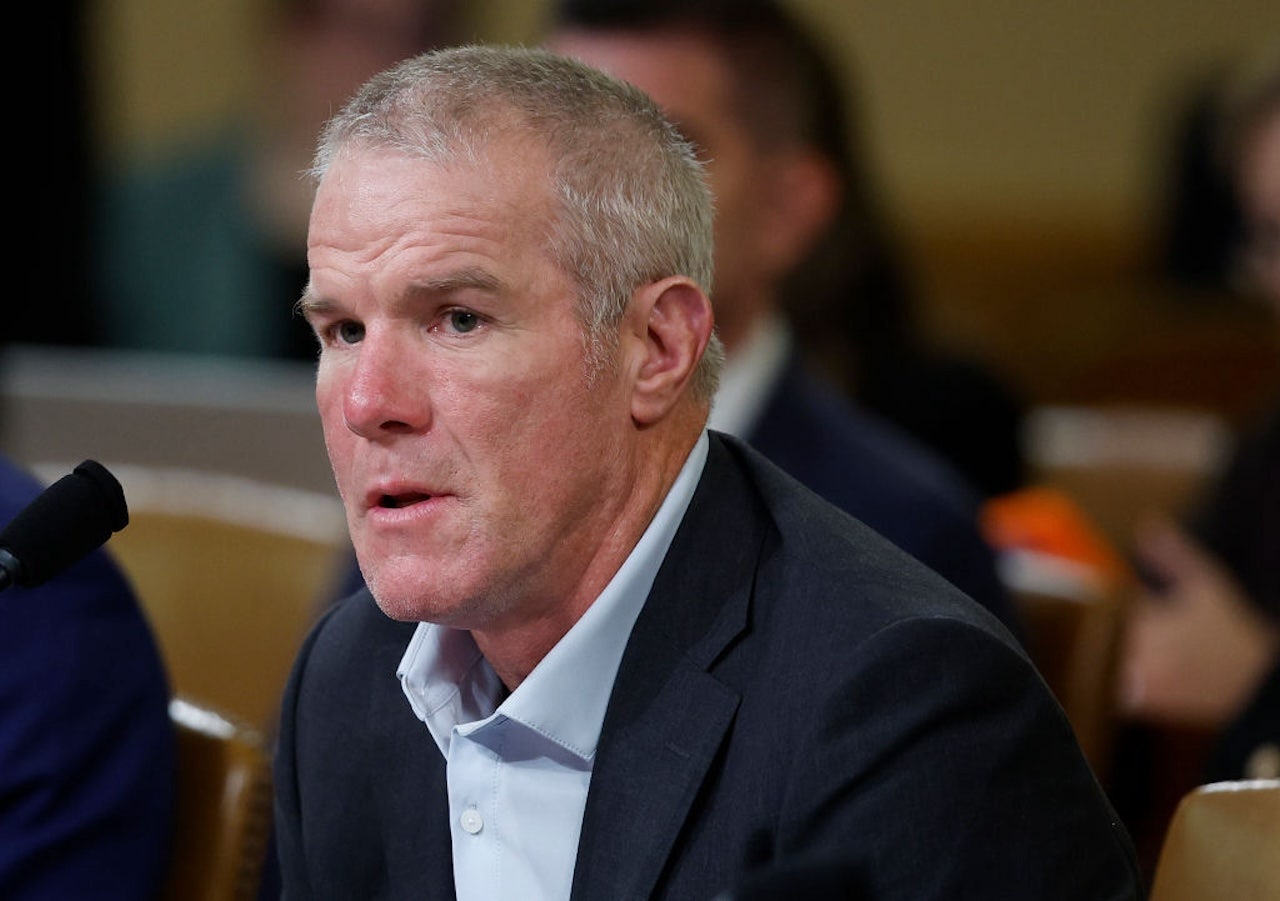
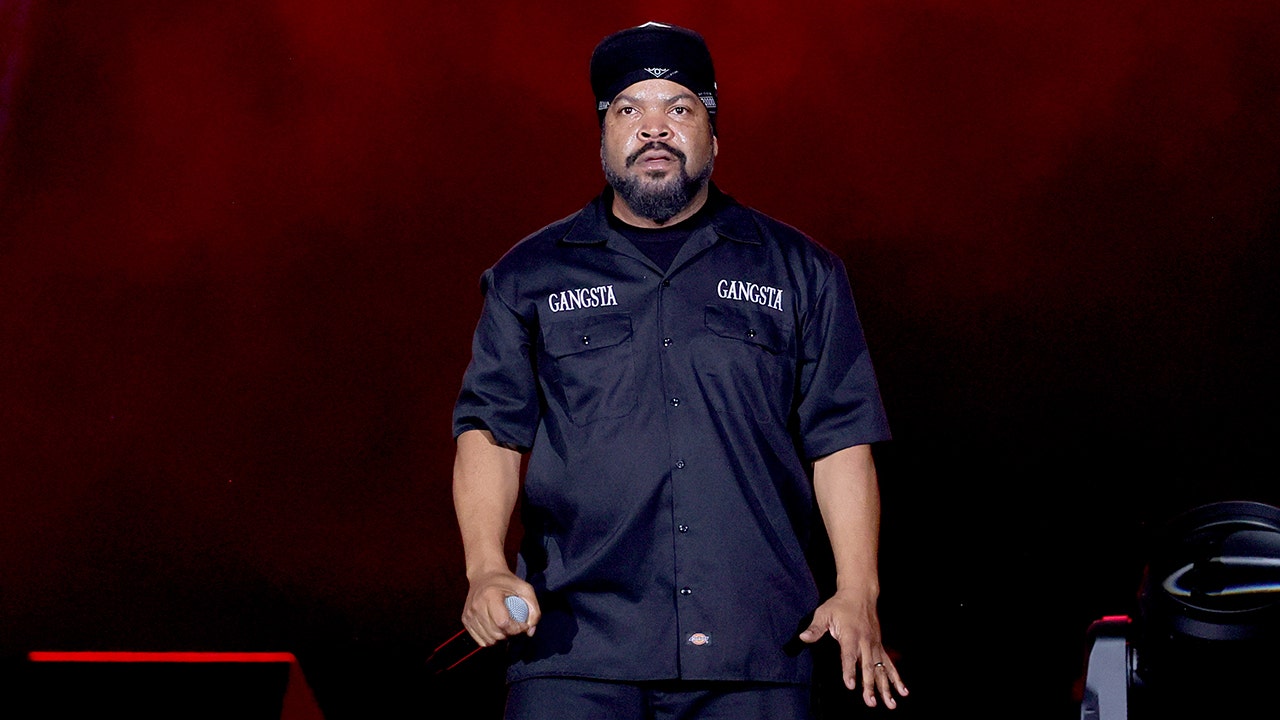
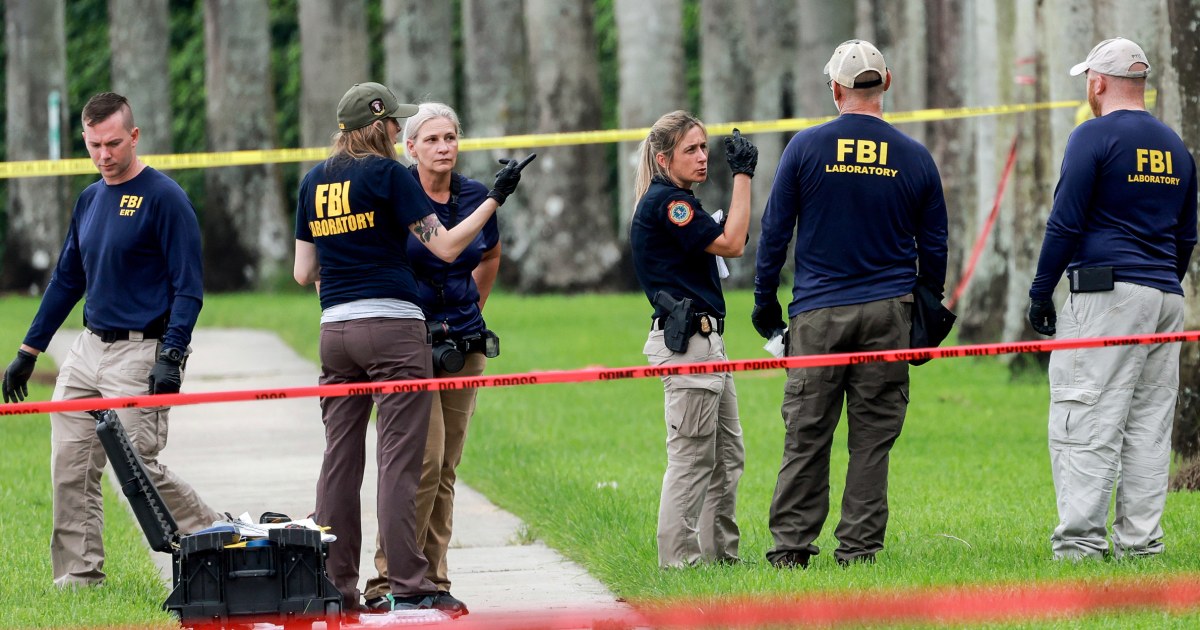




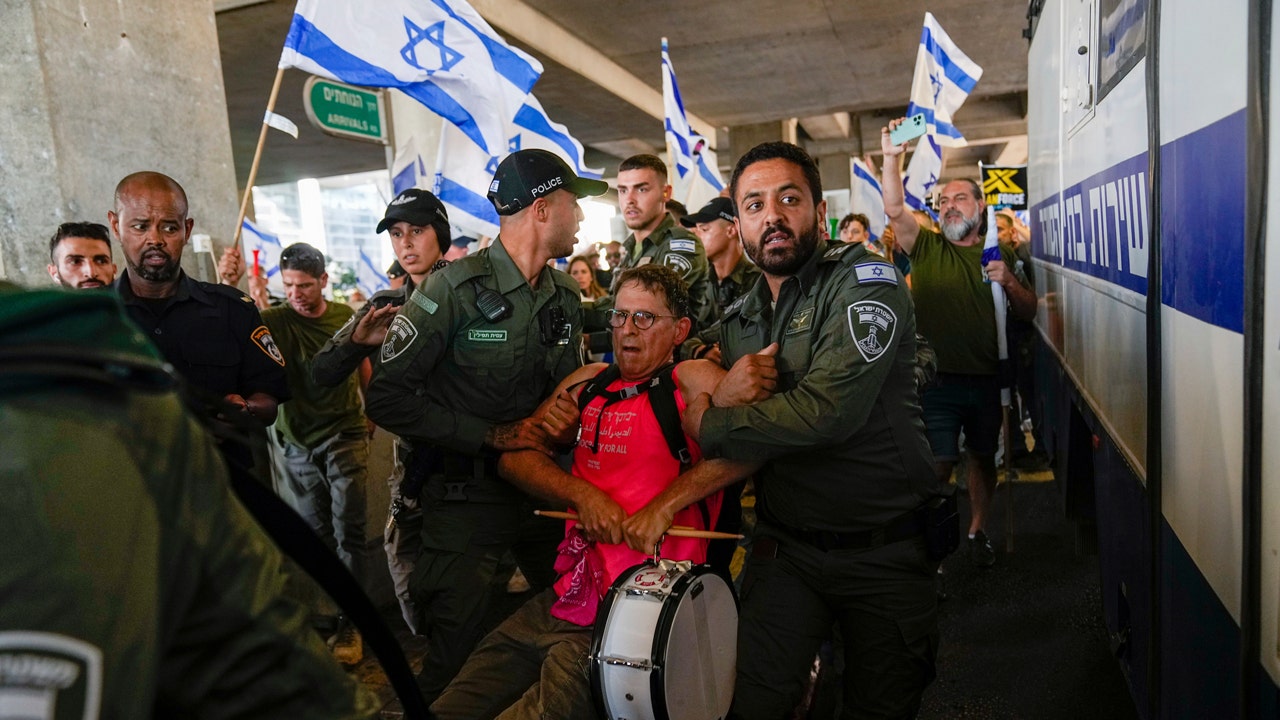
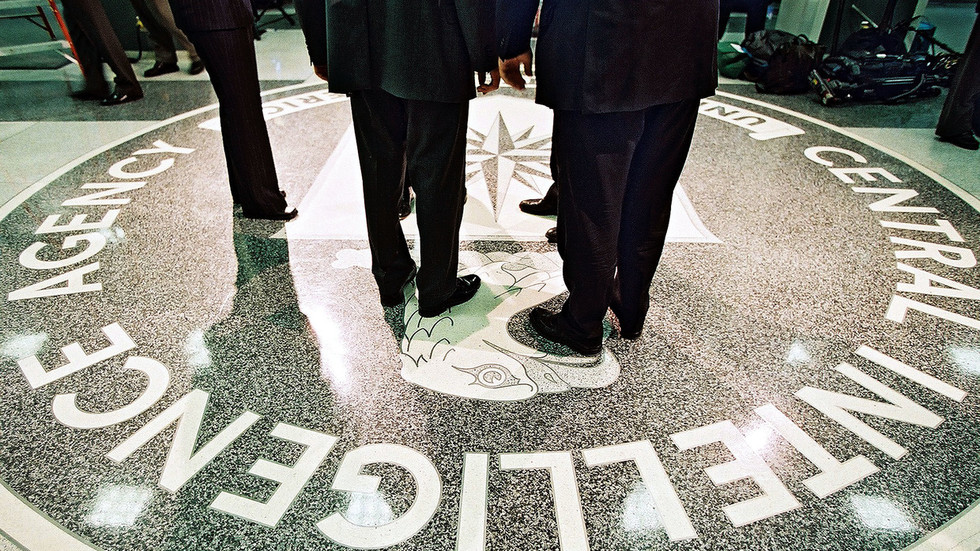
 English (US) ·
English (US) ·